CHEMISTRY FOR THE RESTORATION
CHIMICA PER IL RESTAURO
| A.Y. | Credits |
|---|---|
| 2025/2026 | 4 |
| Lecturer | Office hours for students | |
|---|---|---|
| Maria Letizia Amadori | Monday h. 10-12 |
| Teaching in foreign languages |
|---|
|
Course with optional materials in a foreign language
English
This course is entirely taught in Italian. Study materials can be provided in the foreign language and the final exam can be taken in the foreign language. |
Assigned to the Degree Course
| Date | Time | Classroom / Location |
|---|
| Date | Time | Classroom / Location |
|---|
Learning Objectives
The course aims to provide students with in-depth knowledge of the chemistry of materials that make up cultural heritage objects and their interactions with environmental and human-induced factors. It will explore diagnostic techniques used to identify ongoing degradation processes affecting these materials. Finally, the course will address the chemical properties of certain materials used in restoration.
Program
Introduction to the chemistry of materials constituting cultural heritage and an overview of the role of advancing chemical knowledge in relation to the restoration of these materials; an outline of pollution processes responsible for the degradation of cultural heritage; interactions between materials and the environment, with a focus on the chemical processes underlying deterioration; diagnostic techniques for identifying degradation processes in artworks; main products used in restoration, with notes on their toxicity; new sustainable products for conservation and restoration.
The program develops in detail as follows:
Pictorial materials (canvas, panels, and wall paintings) and their interactions with the environment. Types of degradation. Diagnostic methods. Products used in restoration. Case studies.
Stone materials (natural and artificial) and their interactions with the environment. Types of degradation. Diagnostic methods. Products used in restoration. Case studies.
Metallic materials and their interaction with the environment. Types of degradation. Diagnostic methods. Products used in restoration. Case studies.
Cellulosic materials (paper and wood) and their interaction with the environment. Types of degradation. Diagnostic methods. Products used in restoration. Case studies.
Bridging Courses
General and Inorganic Chemistry;
Organic Chemistry;
Chemistry for Cultural Heritage;
Analytical Chemistry for Cultural Heritage
Learning Achievements (Dublin Descriptors)
Students will acquire the basic skills necessary to understand the various characteristics of materials relevant to cultural heritage and will develop a critical understanding of the environmental factors that contribute to their degradation, as well as of the techniques and methods used in conservation and restoration.
D1 – Knowledge and understanding.
Students must understand the composition of materials that make up cultural heritage objects and their interaction with the environment. They must recognize the importance of original material properties and the types of degradation they may undergo over time. Additionally, students must be familiar with diagnostic methodologies relevant to the analysis and restoration of cultural heritage. The level of knowledge will be assessed through oral examination and microscope-based evaluation.
D2 – Applying knowledge and understanding.
Students must be able to understand how the macro- and microscopic characteristics of a material are related to different types of degradation. This understanding will enable them to determine the most appropriate approach for designing a diagnostic and restoration project. These skills will be evaluated during the oral exam, where students may be asked to present examples, including those related to artifacts studied during laboratory restoration courses or in the context of theses or final qualification papers.
D3 – Making judgments.
Students must be capable of selecting the most suitable type of investigation to identify a material and assess its state of conservation in view of a potential restoration intervention. This competence stems directly from the two previously described skills, as well as from the ability to design a diagnostic project aimed at restoration, which is addressed in laboratory courses. This ability will be assessed during the oral examination.
D4 – Communication skills.
Students must be able to clearly express the concepts and information learned during the course, using appropriate terminology and providing relevant examples, demonstrating they have assimilated the course content. During the oral exam, students will be asked to explain certain concepts and ideas through which the instructor will evaluate their communication skills and ability to synthesize.
D5 – Learning skills.
Students must be capable of independently developing a critical approach in their scientific studies, making effective use of the course materials provided by the instructor, laboratory exercises, and additional resources they may obtain on their own. The instructor will encourage these actions and suggest further readings and case studies, including scientific articles on construction materials and diagnostics, which can be critically discussed during lessons. This skill will be assessed through the oral examination.
Teaching Material
The teaching material prepared by the lecturer in addition to recommended textbooks (such as for instance slides, lecture notes, exercises, bibliography) and communications from the lecturer specific to the course can be found inside the Moodle platform › blended.uniurb.it
Supporting Activities
Laboratory exercises (4 hours) are scheduled and will be conducted by Dr. Valeria Mengacci or Dr. Jgor Arduini.
Teaching, Attendance, Course Books and Assessment
- Teaching
The course includes lectures in which the instructor presents concepts and information, as well as laboratory sessions using an optical microscope, offering case studies to support understanding.
Students may participate actively during lectures to ask for clarification or communicate with the instructor via the platform or by email.
- Attendance
none
- Course books
M. Matteini, A. Moles, La chimica nel restauro, Ed. Nardini, Firenze, 1989.
- L. Campanella, A. Casoli, M.P. Colombini, R. Marini Bettolo, M. Matteini, L.M. Migneco, A. Montenero, L. Nodari, C. Piccioli, M. Plossi Zappala', G. Portalone, U. Russo, M.P. Sammartino, Chimica per l'arte, Zanichelli editore , 2007.
- M.Matteini e a. Moles, Scienza e restauro. Metodi di indagine. Nardini Editore, Firenze 1984.Lecture notes and handouts.
The texts must be studied in their entirety.
- Assessment
Assessment of learning includes an oral exam covering the course content, a laboratory test using an optical microscope, and a discussion of a scientific article provided by the instructor prior to the exam.
Oral Exam:
The oral exam will focus on the general aspects of the course content, which students are required to know. The student will choose one of the materials listed in the syllabus, and their ability to analyze one of the laboratory topics under the optical microscope will be assessed and discussed.Scientific Article Discussion:
At the end of the course, the instructor will provide each student with a scientific article relevant to the course content, which may also be in English. Students must read, understand, and be able to summarize the article during the exam.Evaluation Criteria and Parameters:
Knowledge of concepts
a) Insufficient: Provides an approximate description of conceptual constructs; poor understanding.
b) Sufficient: Describes constructs with some inaccuracies; lacks references to authors; good understanding.
c) Good: Accurately describes conceptual constructs; good understanding.
d) Excellent: Systematically describes constructs; full understanding.
Knowledge of techniques and procedures
a) Insufficient: Unable to use basic mathematical tools for understanding laws or formulas.
b) Sufficient: Able to discuss laws or formulas.
c) Good: Able to use basic mathematical tools to understand laws or formulas.
d) Excellent: Discusses laws or formulas using appropriate physical-mathematical foundations.
Language proficiency
a) Insufficient: Uses general, non-specific language.
b) Sufficient: Demonstrates limited expressive ability; uses some specific terminology.
c) Good: Demonstrates good expressive ability and uses several specific terms.
d) Excellent: Shows full command of the specific language.
Critical thinking
a) Insufficient: Cannot identify reasons behind statements; unable to recognize positive/negative aspects or provide examples.
b) Sufficient: Identifies issues only in general terms; provides examples from the textbook or lectures.
c) Good: Provides relevant examples; distinguishes between different aspects.
d) Excellent: Argues coherently; formulates pertinent examples; identifies both positive and negative aspects.
Students with a registered disability or specific learning disorder (SLD) at the Office for Inclusion and Right to Study may request to use concept maps (keyword-based) during the exam. To do so, maps must be submitted two weeks before the exam date to the course instructor, who will verify their compliance with university guidelines and may request modifications.
- Disability and Specific Learning Disorders (SLD)
Students who have registered their disability certification or SLD certification with the Inclusion and Right to Study Office can request to use conceptual maps (for keywords) during exams.
To this end, it is necessary to send the maps, two weeks before the exam date, to the course instructor, who will verify their compliance with the university guidelines and may request modifications.
Additional Information for Non-Attending Students
- Teaching
Students may request additional laboratory hours outside of scheduled class time only if they are employed.
- Attendance
none
- Course books
M. Matteini, A. Moles, La chimica nel restauro, Ed. Nardini, Firenze, 1989.
- L. Campanella, A. Casoli, M.P. Colombini, R. Marini Bettolo, M. Matteini, L.M. Migneco, A. Montenero, L. Nodari, C. Piccioli, M. Plossi Zappala', G. Portalone, U. Russo, M.P. Sammartino, Chimica per l'arte, Zanichelli editore , 2007.
- M.Matteini e a. Moles, Scienza e restauro. Metodi di indagine. Nardini Editore, Firenze 1984.Lecture notes and handouts.
The texts must be studied in their entirety.
- Assessment
Assessment of learning includes an oral exam covering the course content, a laboratory test using an optical microscope, and a discussion of a scientific article provided by the instructor prior to the exam.
Oral Exam:
The oral exam will focus on the general aspects of the course content, which students are required to know. The student will choose one of the materials listed in the syllabus, and their ability to analyze one of the laboratory topics under the optical microscope will be assessed and discussed.Scientific Article Discussion:
At the end of the course, the instructor will provide each student with a scientific article relevant to the course content, which may also be in English. Students must read, understand, and be able to summarize the article during the exam.Evaluation Criteria and Parameters:
Knowledge of concepts
a) Insufficient: Provides an approximate description of conceptual constructs; poor understanding.
b) Sufficient: Describes constructs with some inaccuracies; lacks references to authors; good understanding.
c) Good: Accurately describes conceptual constructs; good understanding.
d) Excellent: Systematically describes constructs; full understanding.
Knowledge of techniques and procedures
a) Insufficient: Unable to use basic mathematical tools for understanding laws or formulas.
b) Sufficient: Able to discuss laws or formulas.
c) Good: Able to use basic mathematical tools to understand laws or formulas.
d) Excellent: Discusses laws or formulas using appropriate physical-mathematical foundations.
Language proficiency
a) Insufficient: Uses general, non-specific language.
b) Sufficient: Demonstrates limited expressive ability; uses some specific terminology.
c) Good: Demonstrates good expressive ability and uses several specific terms.
d) Excellent: Shows full command of the specific language.
Critical thinking
a) Insufficient: Cannot identify reasons behind statements; unable to recognize positive/negative aspects or provide examples.
b) Sufficient: Identifies issues only in general terms; provides examples from the textbook or lectures.
c) Good: Provides relevant examples; distinguishes between different aspects.
d) Excellent: Argues coherently; formulates pertinent examples; identifies both positive and negative aspects.
Students with a registered disability or specific learning disorder (SLD) at the Office for Inclusion and Right to Study may request to use concept maps (keyword-based) during the exam. To do so, maps must be submitted two weeks before the exam date to the course instructor, who will verify their compliance with university guidelines and may request modifications.
- Disability and Specific Learning Disorders (SLD)
Students who have registered their disability certification or SLD certification with the Inclusion and Right to Study Office can request to use conceptual maps (for keywords) during exams.
To this end, it is necessary to send the maps, two weeks before the exam date, to the course instructor, who will verify their compliance with the university guidelines and may request modifications.
| « back | Last update: 16/06/2025 |



